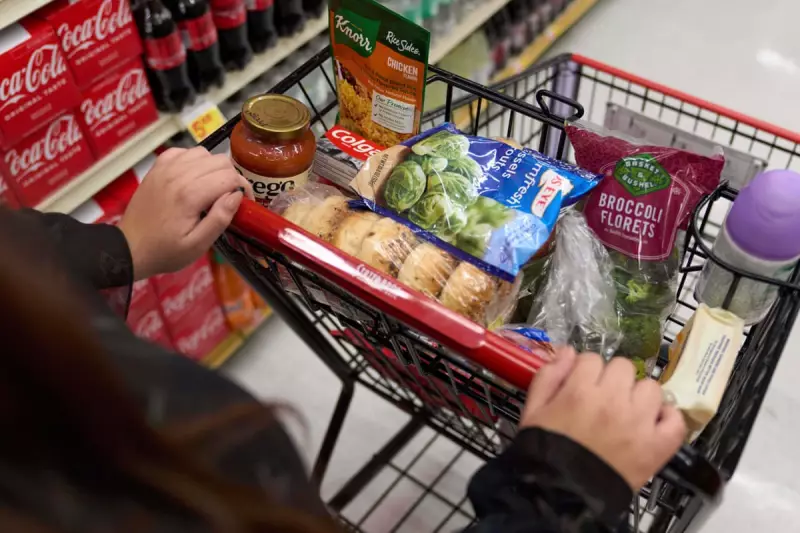
In a move that has ignited fierce political debate, former President Donald Trump has unveiled plans for a dramatic overhaul of America's food stamp programme that could strip millions of vulnerable citizens of crucial nutritional support.
What Trump's Proposed Changes Would Mean
The cornerstone of Trump's proposal involves imposing strict work requirements on recipients of the Supplemental Nutrition Assistance Programme (SNAP), commonly known as food stamps. Under the new framework, able-bodied adults without dependents would face mandatory employment conditions with significantly reduced flexibility.
Additional measures include:
- Eliminating broad-based categorical eligibility that currently allows states to extend benefits to households with slightly higher incomes
- Restricting automatic enrollment for families receiving other forms of government assistance
- Implementing stricter asset tests that could disqualify households with modest savings
Democratic Backlash and Gavin Newsom's Response
California Governor Gavin Newsom emerged as one of the most vocal critics, condemning the proposal as "an assault on America's most vulnerable families" during a press conference.
"This isn't fiscal responsibility—it's cruelty dressed up as policy," Newsom stated. "Taking food off the tables of working families and children during uncertain economic times isn't just bad economics, it's morally bankrupt."
The California governor emphasised that such cuts would disproportionately impact states already grappling with high living costs and housing insecurity.
The Political Battle Over Welfare Reform
This proposal reignites longstanding ideological divisions about the role of government assistance in American society. Supporters argue the changes would restore integrity to welfare programmes and encourage workforce participation.
However, critics point to research suggesting similar restrictions in the past resulted in increased food insecurity without substantially improving employment outcomes.
The debate comes amid ongoing economic uncertainty and rising grocery prices that have stretched household budgets across the income spectrum.
What Happens Next?
While still in the proposal stage, the plan signals what could become a central policy battle should Trump return to power. The complex implementation process would require navigating congressional approval and state-level administration, setting the stage for potential legal challenges from Democratic-led states.
As the political rhetoric intensifies, millions of American families face uncertainty about whether they'll continue to receive help putting food on the table.





